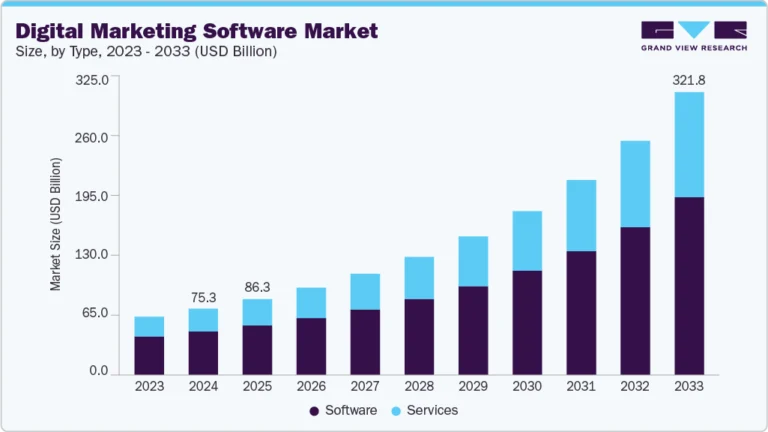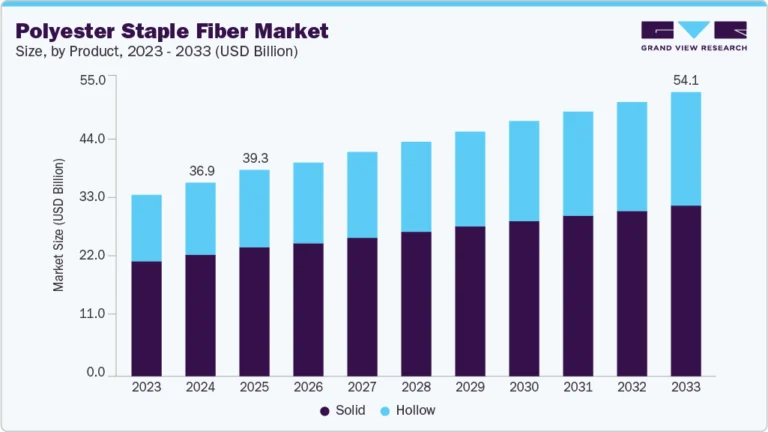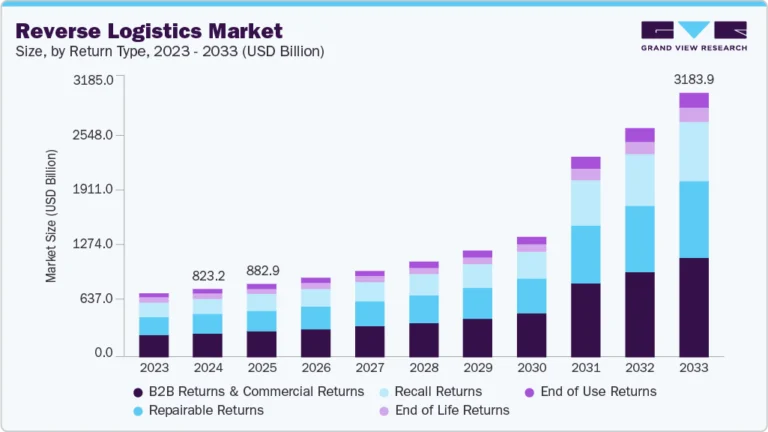Security As A Service Market Size, Share & Trends Analysis growing at a CAGR of 14.3% from 2025 to 2033

The global security as a service market size was estimated at USD 17.12 billion in 2024 and is projected to reach USD 55.71 billion by 2033, growing at a CAGR of 14.3% from 2025 to 2033. The growth is driven by the convergence of cloud-native technologies, AI-driven threat detection, and zero-trust architectures.
Key Market Trends & Insights
- North America held a 37.0% revenue share of the global security as a service market in 2024.
- The U.S security as a service (SECaaS) market is experiencing rapid growth.
- By component, the solutions segment held the largest revenue share of 67.7% in 2024.
- By deployment mode, the public cloud segment held the largest revenue share in 2024.
Market Size & Forecast
- 2024 Market Size: USD 17.12 Billion
- 2033 Projected Market Size: USD 55.71 Billion
- CAGR (2025-2033): 14.3%
- North America: Largest market in 2024
- Asia Pacific: Fastest growing market
Request a free sample copy or view report summary: https://www.grandviewresearch.com/industry-analysis/security-as-a-service-market-report/request/rs1
Enterprises are increasingly shifting from traditional on-premises cybersecurity models to subscription-based, scalable SECaaS offerings that support real-time risk analytics, multi-factor authentication, and automated response capabilities. This cloud-first transition is accelerating as organizations face mounting cyber threats across hybrid work environments and distributed IT infrastructures. For instance, in April 2024, Microsoft expanded its Defender suite to offer integrated SIEM and XDR capabilities as-a-service, enabling customers to unify endpoint, email, and identity protection across multi-cloud ecosystems.
Additionally, key drivers include the growing sophistication of ransomware attacks, rising regulatory scrutiny around data protection (GDPR and HIPAA), and the need to secure expanding digital attack surfaces. Organizations across BFSI, healthcare, and retail are increasingly relying on SECaaS to manage security operations at scale while avoiding the capital expense of in-house infrastructure. Moreover, the integration of AI and machine learning is further optimizing threat detection accuracy and reducing incident response time. For instance, in May 2024, Palo Alto Networks launched an AI-based SECaaS platform that provides predictive threat modeling and autonomous remediation workflows, helping IT teams proactively mitigate vulnerabilities before they escalate.
Additionally, the proliferation of IoT, mobile devices, and remote access points is driving adoption of cloud-delivered security across SMEs and large enterprises alike. Vendors are enhancing their offerings with centralized policy management, real-time dashboards, and compliance reporting tools tailored for sector-specific requirements. For instance, in May 2022, Zscaler partnered with Siemens to deliver industrial-grade secure access services to critical infrastructure operators using edge-based micro segmentation. Consequently, as cyber threats continue to evolve, Security as a Service allows organizations to strengthen their resilience with enhanced agility and cost-efficiency, enhancing its role as a foundational pillar of modern cybersecurity strategies.
Component Insights
The solutions segment accounted for the largest revenue share of 67.7% in 2024, owing to the rising demand for integrated, cloud-native security tools that address complex threat landscapes. Enterprises prioritize modular solutions such as identity and access management (IAM), endpoint protection, SIEM, DLP, and secure email gateways to fortify security across distributed networks, hybrid cloud environments, and remote workforces.
Additionally, these solutions provide real-time threat detection, automated response, and centralized visibility capabilities that are critical as organizations face more frequent and sophisticated cyberattacks. Moreover, the growing adoption of zero-trust security models, regulatory compliance mandates, and the need for scalable protection across multi-cloud ecosystems have further reinforced demand for solution-based offerings. For instance, in May 2025, Microsoft announced the public preview of its unified security operations platform, combining Defender XDR and Sentinel SIEM into a single as-a-service solution, enabling users to streamline identity, endpoint, and email security across cloud platforms. Therefore, the growing demand to enhance solution performance with AI, behavioral analytics, and seamless integration features is contributing significantly to driving the growth of the solutions segment within the security as a service market.
The services segment is anticipated to be the fastest-growing segment during the forecast period, driven by rising enterprise demand for outsourced cybersecurity expertise. Managed and professional services are becoming essential as organizations adopt hybrid work models and multi-cloud infrastructures, requiring 24/7 threat monitoring, incident response, compliance support, and security architecture optimization.
Additionally, these services offer cost-effective access to expert teams and advanced tools without the need to maintain internal Security Operations Centers (SOCs). For instance, in July 2023, NTT DATA launched a global Security Management Outsourcing Service (MDR), offering end-to-end threat detection, incident response, and zero-trust-based remediation. Aimed at scaling from 100 to 500 security staff and generating ¥200 billion annual revenue by FY 2026, the initiative highlights the growing reliance on managed services for resilient and scalable cyber defense. Subsequently, the growing need to enhance service offerings with AI-driven threat analytics, automation, and sector-specific compliance solutions is contributing substantially to driving the demand for the services segment during the forecast period.






